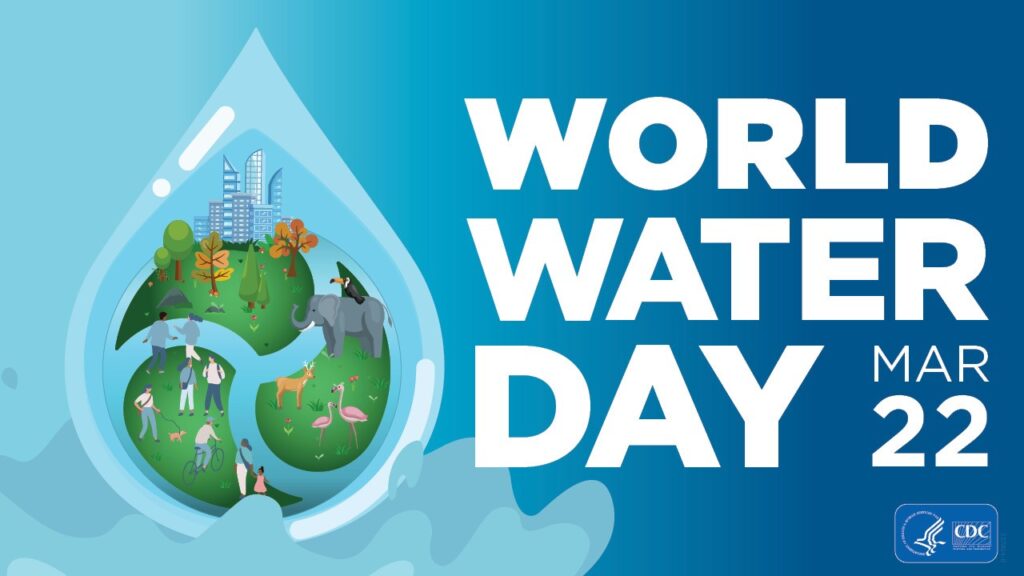The mission toward sourcing and implementing sustainable energy sources has led to the rise of renewable energy technologies, such as wind, solar and hydroelectric power. While the benefits of these sources in reducing carbon emissions and mitigating climate change are well-documented, their impact on water conservation often goes overlooked.
Water Usage in Traditional Energy Generation
Traditional energy sources like coal, natural gas and nuclear power require vast amounts of water for cooling purposes in power plants. According to the Union of Concerned Scientists, coal and nuclear power plants alone account for 40% of all freshwater withdrawals in the United States. This extensive water usage not only places stress on water resources but also contributes to water pollution through thermal pollution and the release of pollutants into water bodies.
Renewable Energy to the Rescue
Renewable energy sources offer a promising solution to the water challenges associated with conventional power generation. Unlike fossil fuel-based power plants, renewable energy technologies have minimal water requirements for operation. Solar photovoltaic (PV) panels, for instance, consume negligible amounts of water once installed, with the main requirement being for periodic cleaning.
Solar Power and Water Conservation
Solar energy stands out for its potential to promote water conservation. The National Renewable Energy Laboratory (NREL) estimates that replacing coal-fired power plants with solar PV systems can save over 500 gallons of water per megawatt-hour of electricity generated. This significant reduction in water usage makes solar power an attractive option for regions facing water scarcity or drought conditions.
Wind Power and Water Efficiency
Similarly, wind power offers substantial water savings compared to conventional energy sources. According to the American Clean Power Association (ACP), wind turbines require minimal water for their operation, with most of the water used in the manufacturing process. As wind energy continues to expand globally, its water-saving benefits become increasingly apparent, especially in arid regions where water conservation is a priority.
Hydropower’s Dual Impact
While hydropower is a renewable energy source, its impact on water conservation is more nuanced as although hydropower plants do not consume water like fossil fuel plants, they can affect water availability and quality through dam construction and reservoir management. However, advancements in hydropower technology, such as run-of-river systems and fish-friendly turbines, aim to minimize environmental impacts while maximizing energy generation.
Data and Statistics
According to a report by the World Wildlife Fund (WWF), transitioning to renewable energy sources could reduce global water consumption for electricity generation by up to 90% by 2050. Furthermore, a study published in the journal Nature Portfolio suggests that increasing the share of renewables in the energy mix could lead to substantial water savings, particularly in regions facing water stress.
Policy Implications
Recognising renewable energy’s water-saving potential, policymakers worldwide are increasingly prioritising its deployment. In the United States, initiatives such as the Environmental Defense Fund and Renewable Portfolio Standards encourage the adoption of renewable energy technologies to reduce water usage and promote environmental sustainability.
—
The impact of renewable energy on water conservation cannot be overstated. By transitioning away from water-intensive fossil fuel-based power generation, we can alleviate pressure on water resources, mitigate environmental degradation, and build a more sustainable energy future. As we continue to embrace renewable energy technologies, let us recognise and harness their potential to safeguard our most precious resource – water.
Find out more about Enertechnos’ work on solar energy here, wind energy here and oil and gas decarbonisation here.


